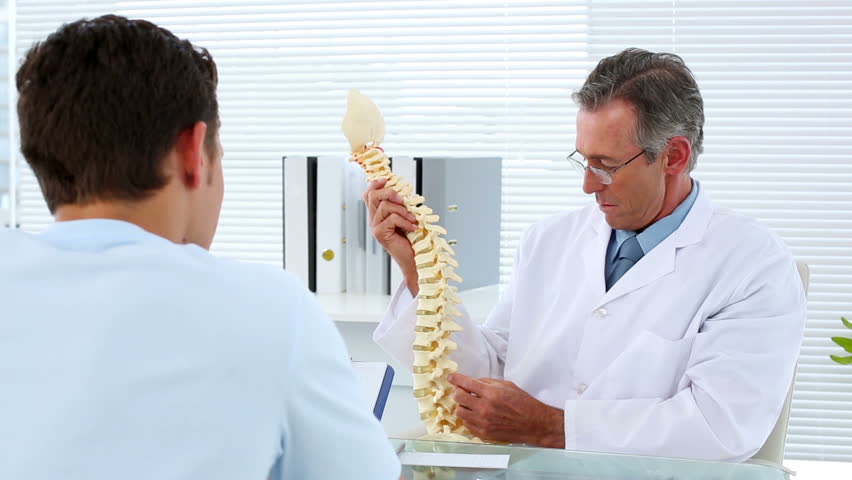What is Vertebral Compression Fracture?
A vertebral compression fracture is a crack in the spinal trench. It happens when a vertebra, or spine, diminishes by 15% in stature because of the break. At the end of the day, a vertebra breakdown onto itself and the delicate tissue around it, causing pressure.
These spinal trench breaks happen most regularly in ladies who have experienced menopause (postmenopausal) and experience the ill effects of osteoporosis. In any case, they additionally can represent a wellbeing danger to certain men. One-fourth of every single postmenopausal female in the United States has had one of these cracks.
Vertebral Compression Fracture Symptoms
Fractures are typically portrayed by intense back pain. Different indications of a spinal pressure crack may incorporate loss of tallness and muscle.
Left untreated these cracks can prompt spinal deformation brought about by the combination of crumbled vertebrae. The deformation is alluded to as kyphosis. You've likely known about this condition as hunchback or lady's mound. Once in a while do these breaks lead to nerve or spinal cord harm.
These cracks can bring about different confusions, be that as it may, for example,
- Decreased spinal scope of-movement
- Lung issue, for example, pneumonia or a crumbled lung
- Blockage
- Inside impediment
- Progressive muscle shortcoming
- Deep venous thrombosis (DVT), which alludes to blood clumps in the lower leg Expanded mortality chance.
Vertebral Compression Fracture Treatment
The majority of these cracks react to traditionalist treatment measures. At last, many require no medical procedure.
Your primary care physician will probably first prescribe bed rest, yet just for a brief timeframe. Ordinarily, you ought to maintain a strategic distance from delayed bed rest. An early development that is managed by a physical, word related, or recreational advisor can prompt better outcomes long haul.
Medicine
Your PCP may likewise recommend medicine to help with your pain from this condition. Over-the-counter analgesics, or pain relievers, can help treat the intense pain from pressure breaks. Both acetaminophen (Tylenol) and non-steroidal anti-inflammatory drugs (NSAIDs) can help. Instances of regular NSAIDs include:
- Ibuprofen (Advil, Motrin)
- Headache medicine (Bayer)
- Naproxen sodium (Aleve)
Treating osteoporosis
In most of the breaks, osteoporosis is a significant benefactor. In these cases, treating the osteoporosis can help, regardless of whether it's recognized previously or after your finding.
Osteoporosis medicines ordinarily incorporate endorsed bisphosphonates. Bisphosphonates forestall loss of bone and assemble bone mass, which can forestall rehash pressure cracks. Instances of bisphosphonates include:
- Pamidronate (Aredia)
- Risedronate (Actonel)
- Alendronate (Fosamax)
Surgery, in extreme cases
In the event that progressively traditionalist treatments don't work, you may need to experience the medical procedures to treat your fracture. The two most basic medical procedures to treat pressure breaks are vertebroplasty and kyphoplasty. They are comparative methodologies, with little contrasts.
In vertebroplasty, exceptional bone concrete is infused through an empty needle into your cracked vertebra.
In kyphoplasty, your primary care physician first embeds and blows up an inflatable into the packed space so as to grow the compacted vertebra. They at that point occupy the space with extraordinary bone concrete. Kyphoplasty has the additional advantage of re-establishing tallness.

